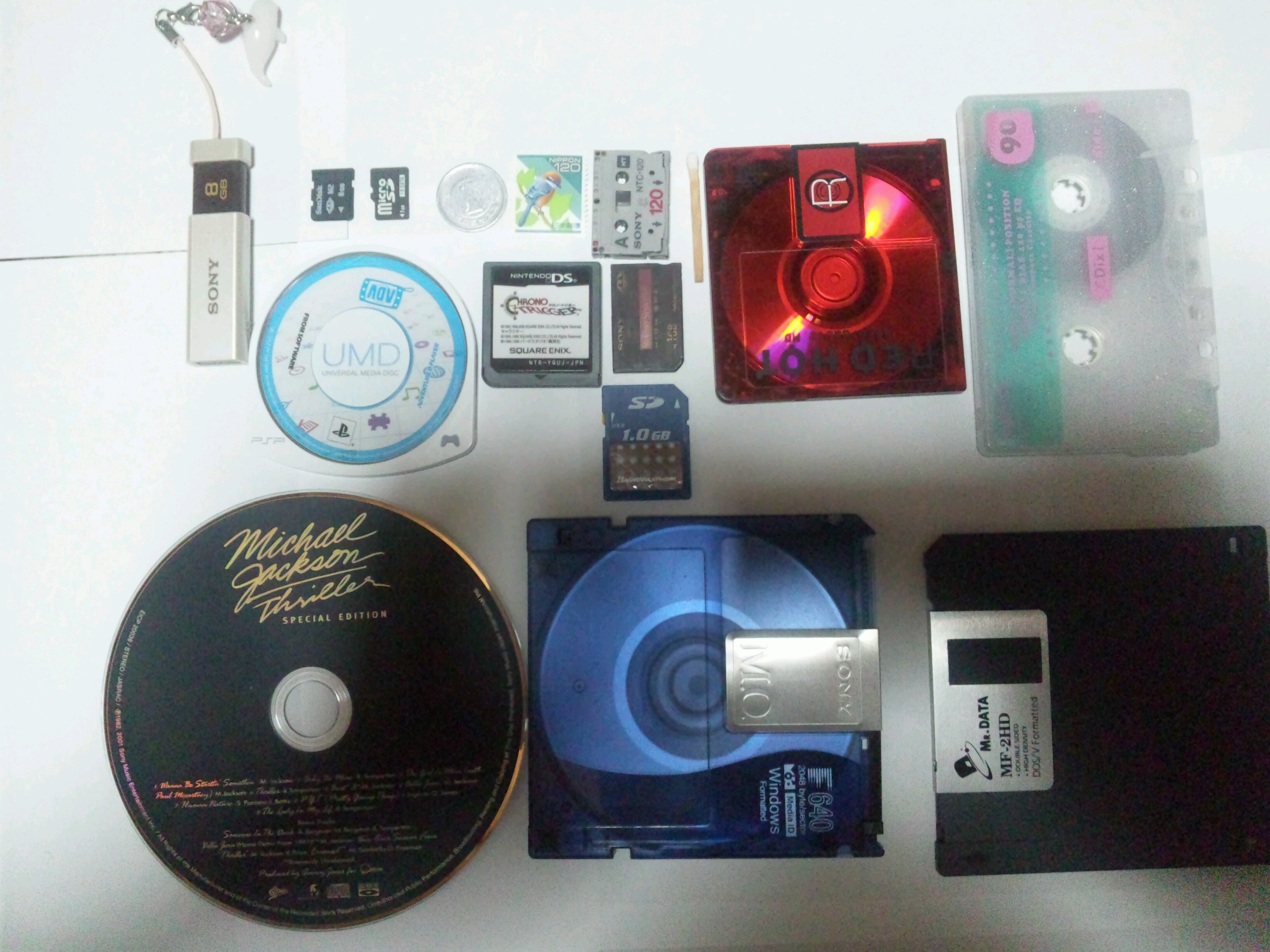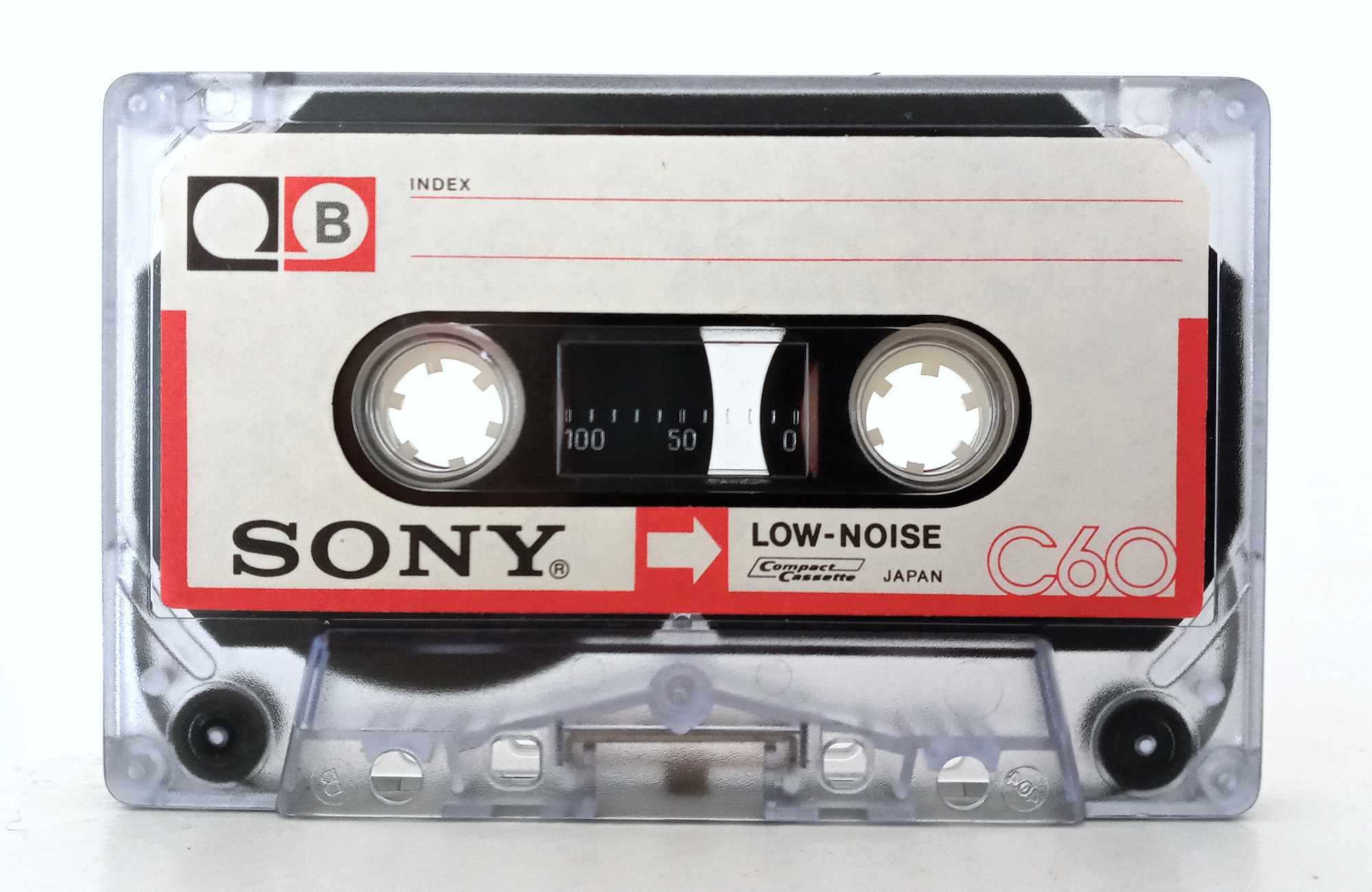|
Steno-Cassette
The Steno-Cassette is an analog cassette format for dictation, introduced by Grundig in 1971. It gained widespread use in Germany, where it was established as a DIN standard ( DIN 32750) in 1985. It is easily distinguished from other dictation cassette formats (such as the Microcassette) by the integrated tape counter index, showing the amount of tape available. See also * Microcassette * Mini-Cassette * Picocassette Picocassette is an audio storage medium introduced by Dictaphone in collaboration with JVC in 1985. The Picocassette was introduced to compete with the Microcassette, introduced by Olympus, and the Mini-Cassette, by Philips. Size It is app ... * NT (cassette) References External linksGrundig Global Business Systems Audio storage Audiovisual introductions in 1971 Tape recording {{electronics-stub ... [...More Info...] [...Related Items...] OR: [Wikipedia] [Google] [Baidu] |
NT (cassette)
NT (sometimes marketed under the name Scoopman) is a digital memo recording system introduced by Sony in 1992. The NT system was introduced to compete with the Microcassette, introduced by Olympus, and the Mini-Cassette, by Philips. Design left, NT cassette compared to various memory cards The design was a rotating head based system which stored memos using helical scan on special microcassettes, which were with a tape width of 2.5 mm, with a recording capacity of up to 120 minutes similar to Digital Audio Tape. The cassettes are offered in three versions: The Sony NTC-60, -90, and -120, each describing the length of time (in minutes) the cassette can record. NT stands for ''Non-Tracking'', meaning the head does not precisely follow the tracks on the tape. Instead, the head moves over the tape at approximately the correct angle and speed, but performs more than one pass over each track. The data in each track is stored on the tape in blocks with addressing informat ... [...More Info...] [...Related Items...] OR: [Wikipedia] [Google] [Baidu] |
Picocassette
Picocassette is an audio storage medium introduced by Dictaphone in collaboration with JVC in 1985. The Picocassette was introduced to compete with the Microcassette, introduced by Olympus, and the Mini-Cassette, by Philips. Size It is approximately half the size of the previous Microcassette, and was intended for highly portable dictation devices. With a tape speed of 9 mm/s, each cassette could hold up to 60 minutes of dictation, May 27, 1985, '' Time.com'', Retrieved 2010-04-06 30 minutes per side. The |
Microcassette
The Microcassette (often written generically as microcassette) is an audio storage medium, introduced by Olympus in 1969. It has the same width of magnetic tape as the Compact Cassette but in a cassette roughly one quarter the size. By using thinner tape and half or a quarter the tape speed, microcassettes can offer comparable recording time to the compact cassette but in a smaller package. History Microcassettes have mostly been used for recording voice. In particular, they are commonly used in dictation machines and answering machines. Microcassettes have also been used in computer data storage and to record music. For the latter purpose, devices for recording in stereo were produced in 1982 and, for higher fidelity, microcassettes using Type IV ("metal", i.e. coated with pure metal particles rather than oxide) tape were sold. This was an attempt by Olympus to cash in on the burgeoning Walkman market; one model, the Olympus SR-11, had a built-in radio and offered a ste ... [...More Info...] [...Related Items...] OR: [Wikipedia] [Google] [Baidu] |
Deutsches Institut Für Normung
' (DIN; in English language, English, the German Institute for Standardisation) is a Germany, German non-profit organization and acting as national organization for standardization. DIN is the German International Organization for Standardization, ISO member body. DIN is headquartered in Berlin. There are around thirty thousand DIN Technical standard, Standards, covering nearly every field of technology. History Founded in 1917 as the ' (NADI, "Standardisation Committee of German Industry"), the NADI was renamed ' (DNA, "German Standardisation Committee") in 1926 to reflect that the organization now dealt with standardization issues in many fields; viz., not just for industrial products. In 1975 it was renamed again to ', or 'DIN' and is recognised by the German government as the official national-standards body, representing German interests at the international and European levels. The acronym, 'DIN' is often incorrectly expanded as ' ("German Industry Standard"). This is ... [...More Info...] [...Related Items...] OR: [Wikipedia] [Google] [Baidu] |
Audio Storage
Sound recording and reproduction is the electrical, Mechanical system, mechanical, electronic, or digital inscription and re-creation of sound waves, such as spoken voice, singing, instrumental music, or sound effects. The two main classes of sound recording technology are analog recording and digital recording. Acoustic analog recording is achieved by a microphone diaphragm that senses changes in atmospheric pressure caused by acoustics, acoustic sound waves and records them as a mechanical representation of the sound waves on a medium such as a phonograph record (in which a stylus cuts grooves on a record). In magnetic tape recording, the sound waves vibrate the microphone diaphragm and are converted into a varying electric current, which is then converted to a varying magnetic field by an electromagnet, which makes a representation of the sound as magnetized areas on a plastic tape with a magnetic coating on it. Analog sound reproduction is the reverse process, with a large ... [...More Info...] [...Related Items...] OR: [Wikipedia] [Google] [Baidu] |
Standardization
Standardization (American English) or standardisation (British English) is the process of implementing and developing technical standards based on the consensus of different parties that include firms, users, interest groups, standards organizations and governments. Standardization can help maximize compatibility, interoperability, safety, repeatability, efficiency, and quality. It can also facilitate a normalization of formerly custom processes. In social sciences, including economics, the idea of ''standardization'' is close to the solution for a coordination problem, a situation in which all parties can realize mutual gains, but only by making mutually consistent decisions. Divergent national standards impose costs on consumers and can be a form of non-tariff trade barrier. History Early examples Standard weights and measures were developed by the Indus Valley civilization.Iwata, Shigeo (2008), "Weights and Measures in the Indus Valley", ''Encyclopaedia of the History ... [...More Info...] [...Related Items...] OR: [Wikipedia] [Google] [Baidu] |
Germany
Germany, officially the Federal Republic of Germany, is a country in Central Europe. It lies between the Baltic Sea and the North Sea to the north and the Alps to the south. Its sixteen States of Germany, constituent states have a total population of over 84 million in an area of , making it the most populous member state of the European Union. It borders Denmark to the north, Poland and the Czech Republic to the east, Austria and Switzerland to the south, and France, Luxembourg, Belgium, and the Netherlands to the west. The Capital of Germany, nation's capital and List of cities in Germany by population, most populous city is Berlin and its main financial centre is Frankfurt; the largest urban area is the Ruhr. Settlement in the territory of modern Germany began in the Lower Paleolithic, with various tribes inhabiting it from the Neolithic onward, chiefly the Celts. Various Germanic peoples, Germanic tribes have inhabited the northern parts of modern Germany since classical ... [...More Info...] [...Related Items...] OR: [Wikipedia] [Google] [Baidu] |
Magnetic Tape Cassette
Cassette, also known as cassette tape, refers to a small plastic unit containing a length of magnetic tape on two reels. The design was created to replicate the way a reel-to-reel machine works with tape moving from one reel to another while being read by a tape head. The design was first made for audio formats but then expanded into video and data storage. , although the cassette format is no longer used for video or data storage, it is still used as an audio format with many consumers still purchasing new album releases on cassette. Terminology The term cassette mainly refers to a unit that has two reels inside. While some of the first cassette formats also used the term "cartridge", in modern usage the term "cartridge" and "tape cartridge" usually refers to a plastic unit that only has one reel of tape and companies that make and sell both type of formats like Fujifilm or Maxell also make the same distinction. History Magnetic tape became a popular method to record and play ... [...More Info...] [...Related Items...] OR: [Wikipedia] [Google] [Baidu] |
Dictation (exercise)
Dictation is the transcription of spoken text: one person who is "dictating" speaks and another who is "taking dictation" writes down the words as they are spoken. Among speakers of several languages, dictation is used as a test of language skill, similar to spelling bees in the English-speaking world. Secondary to teaching language skills, the exercise of dictation has also been used to introduce students to literary works, and to instill morals. Dictation has also been used in an attempt to capture endangered or dying languages, as in the case of Victoria Howard, a Chinook Jargon, Chinook speaker who dictated songs and stories to Melville Jacobs. Etymology It derives from Latin, ''dictāre'' (to assert). Method The exercise requires at least two persons: a reciter and a recorder. The reciter reads a selected text, evenly and clearly and at audible volume, by snippets of multiple words (three to ten or as need be). The text is transcribed by the recorders, as the reciter proce ... [...More Info...] [...Related Items...] OR: [Wikipedia] [Google] [Baidu] |
Cassette Tape (format)
Cassette, also known as cassette tape, refers to a small plastic unit containing a length of magnetic tape on two reels. The design was created to replicate the way a reel-to-reel machine works with tape moving from one reel to another while being read by a tape head. The design was first made for audio formats but then expanded into video and data storage. , although the cassette format is no longer used for video or data storage, it is still used as an audio format with many consumers still purchasing new album releases on cassette. Terminology The term cassette mainly refers to a unit that has two reels inside. While some of the first cassette formats also used the term "cartridge", in modern usage the term "cartridge" and "tape cartridge" usually refers to a plastic unit that only has one reel of tape and companies that make and sell both type of formats like Fujifilm or Maxell also make the same distinction. History Magnetic tape became a popular method to record and play ... [...More Info...] [...Related Items...] OR: [Wikipedia] [Google] [Baidu] |








